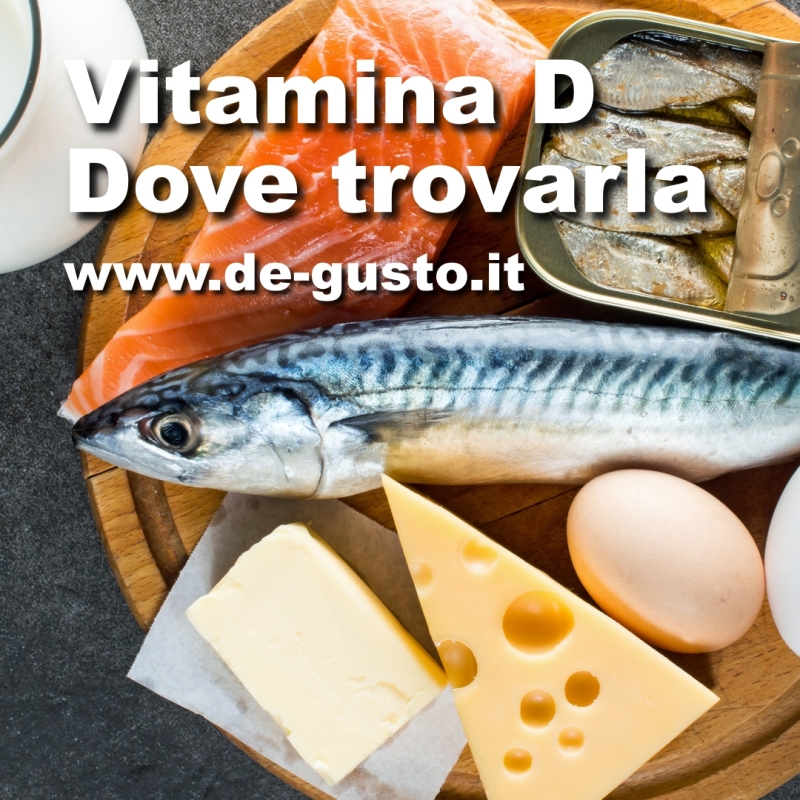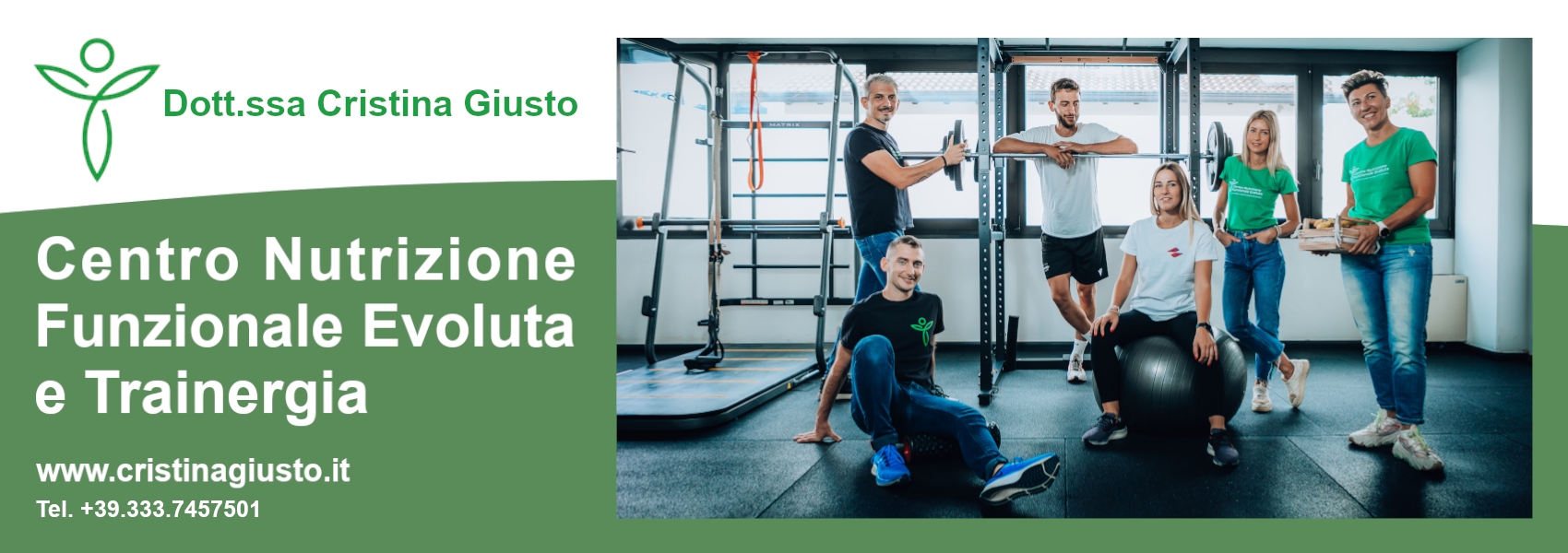Cinnamon is the most popular autumn spice; it is obtained by drying the innermost part of the bark of various plants, all belonging to the Lauraceae family. of the bark of various plants, all belonging to the Lauraceae family. There are two most common plant variants from which the spice is obtained: Cinnamomun zeylanicum (known Cinnamomun zeylanicum (known as Ceylon cinnamon), which is native to Sri Lanka and more expensive, and Cinnamomum cassia, which is cheaper and cheaper and native to China.
It can be found in the market in the form of sticks or in powder form, in both cases all its nutrients are preserved intact. The only difference is that cinnamon powder keeps longer than cinnamon sticks. longer than cinnamon sticks.
It is easily distinguishable by its hazelnut to reddish-brown colour and the characteristic scent derived from the essential oils in the cinnamon sticks. scent derived from the essential oils contained in the bark, called cinnamaldehyde. It is a very popular spice in Italian cuisine, especially for the preparation of traditional desserts, but also to give that unmistakable aroma to our drinks and dishes.
In addition to imparting an intense and pleasant fragrance to our dishes, it has numerous medicinal properties.
Properties and benefits
Cinnamon contains essential nutrients for our health, including vitamins, minerals such as iron calcium and selenium, and antioxidants. In addition, it is a good source of fibre that promotes healthy of the intestine. It helps restore the balance of intestinal bacteria and promote healthy digestive system due to its carminative properties, i.e., it stimulates the production of saliva and gastric juices that protect our digestive system. It is a natural panacea for digestive problems digestive problems such as heartburn, flatulence, nausea and abdominal bloating.
This substance has important antiseptic properties that can fight fungi, bacteria and viruses. These properties can be exploited in the treatment of candidiasis or athlete's foot, not only through its consumption, but also through topical application.
Furthermore, cinnamon is a powerful ally in cold winters because it helps to counteract and prevent all flu symptoms: it acts as an expectorant for coughs and, thanks to its antibacterial action fights infections and relieves congestion.
Furthermore, it has a stimulating effect on the nervous and cognitive system: several studies analyse the effect of cinnamaldehyde and epicatechin, present in cinnamon, on the stimulation of certain areas of the brain, corresponding to visual memory, attention, recognition and speed of response.
This spice is especially useful in elderly people suffering from brain ageing, or already living with neurodegenerative diseases such as Alzheimer's.
Cinnamon is also known to help regulate blood sugar levels. blood. Indeed, it appears to favour the action of insulin at the level of muscle cells, fat and liver cells, facilitating the absorption of sugars from the blood with a consequent reduction in blood sugar levels.
Therefore, cinnamon, by promoting the body's response to insulin, proves to be a valuable aid for those suffering from type 2 diabetes and insulin resistance.
The thermogenic property of cinnamon, i.e. its ability to increase body temperature, stimulates carbohydrate metabolism: cinnamon has slimming properties, it helps to burn calories faster and thus also to lose weight. In addition, the high In addition, the high fibre content in this spice promotes a greater sense of satiety and thus helps to reduce food cravings. consequently reduce food cravings.
Beware of contraindications
In most cases, there are no contraindications to consuming cinnamon, as long as you limit yourself to no more than one teaspoon per day. limited to no more than one teaspoon per day.
If taken in large quantities, it may cause irritation of the mouth and lips and be toxic, especially if you have liver and kidney problems. Coumarin, an ingredient found in cinnamon (in higher doses in cinnamon cassia), can indeed cause liver problems, but if the amount taken is small, it is not a problem.
Furthermore, if you regularly take medication, you should talk to your doctor before start using cinnamon supplements as they may interfere.
Recommendations for use
- One idea is to add cinnamon to seasonal fresh fruit to lower the glycaemic impact of fruit sugars, or to add it to desserts. glycaemic impact of fruit sugars, or add it to dessert preparations. A sweet light and quick to prepare is to cook a sliced apple in a frying pan or microwave, add cinnamon and a couple of chopped nuts.
- You can use it for breakfast, for example: a slice of bread with cottage cheese, cinnamon and almond slivers. almonds. It helps to prolong satiety and metabolise fats better.
- It is preferable to buy cinnamon in sticks, as powdered cinnamon may have a mix of barks that are not of good quality. Once purchased, it should be stored in a dark container, away from light. dark container, protected from light, as the substances it contains may deteriorate.
- It contains very few calories and thanks to its intense aroma we can use it as a substitute for sugar in sweets and even in drinks. sugar in sweets and also in drinks, such as in coffee, cappuccino, infusions or hot chocolate. hot chocolate.
(Article by Dr Della Bianca Maddalena)





